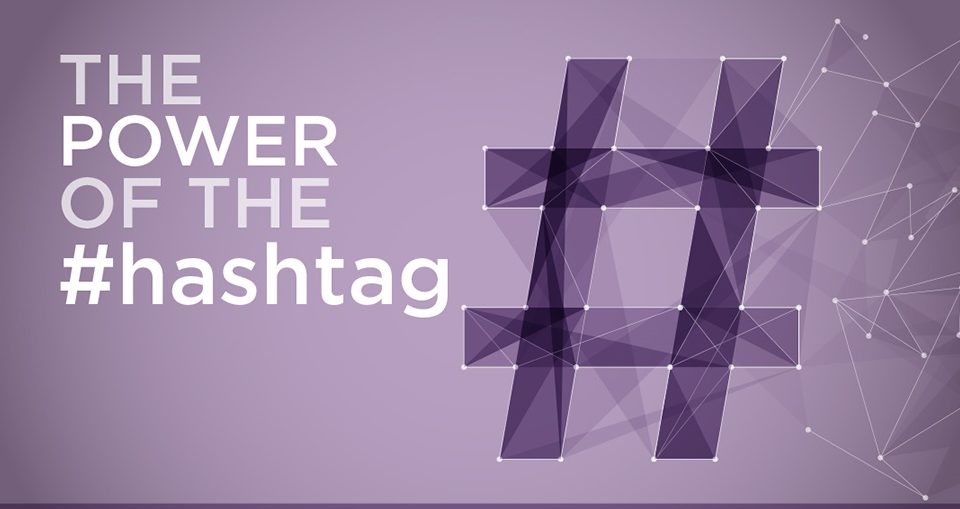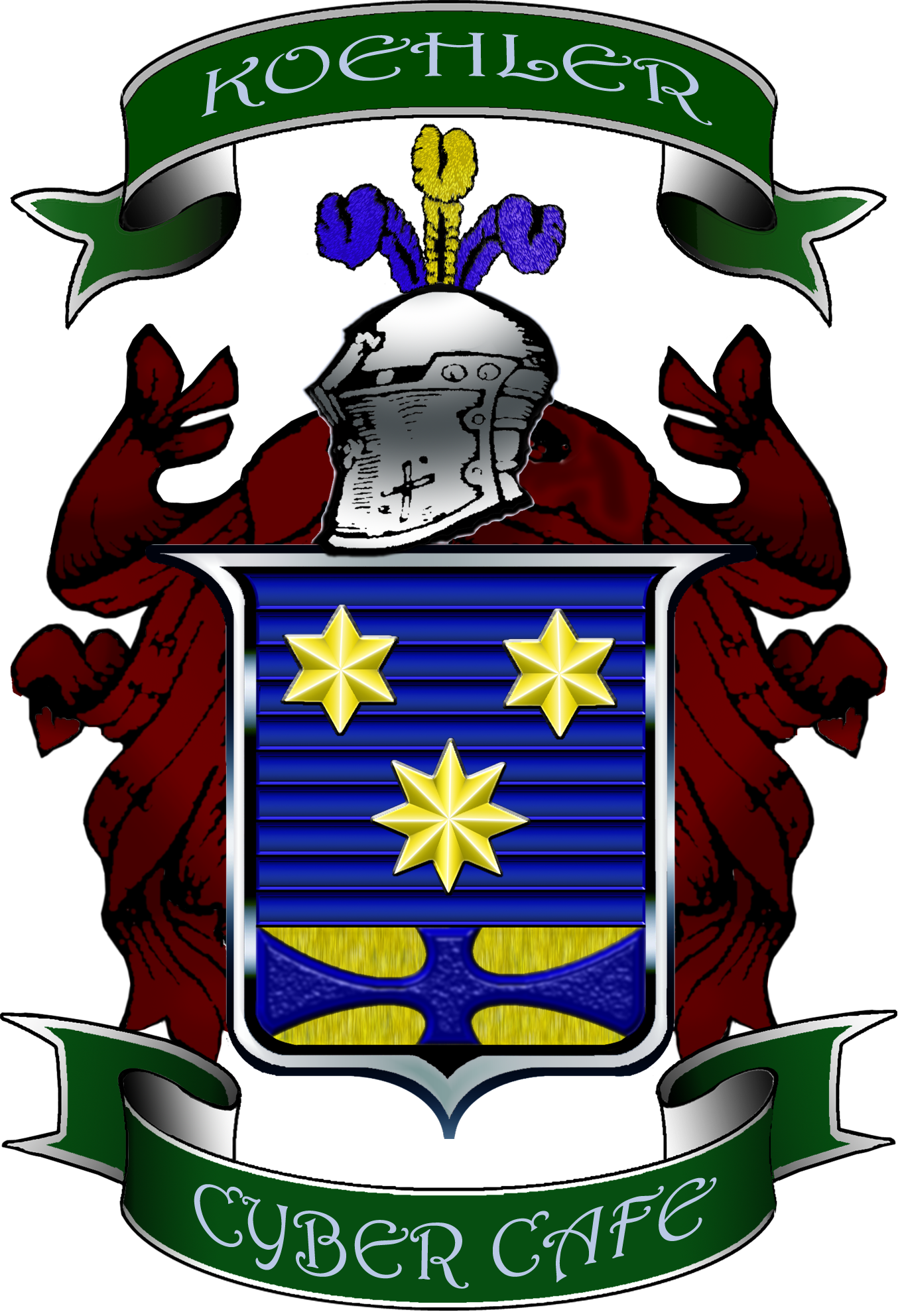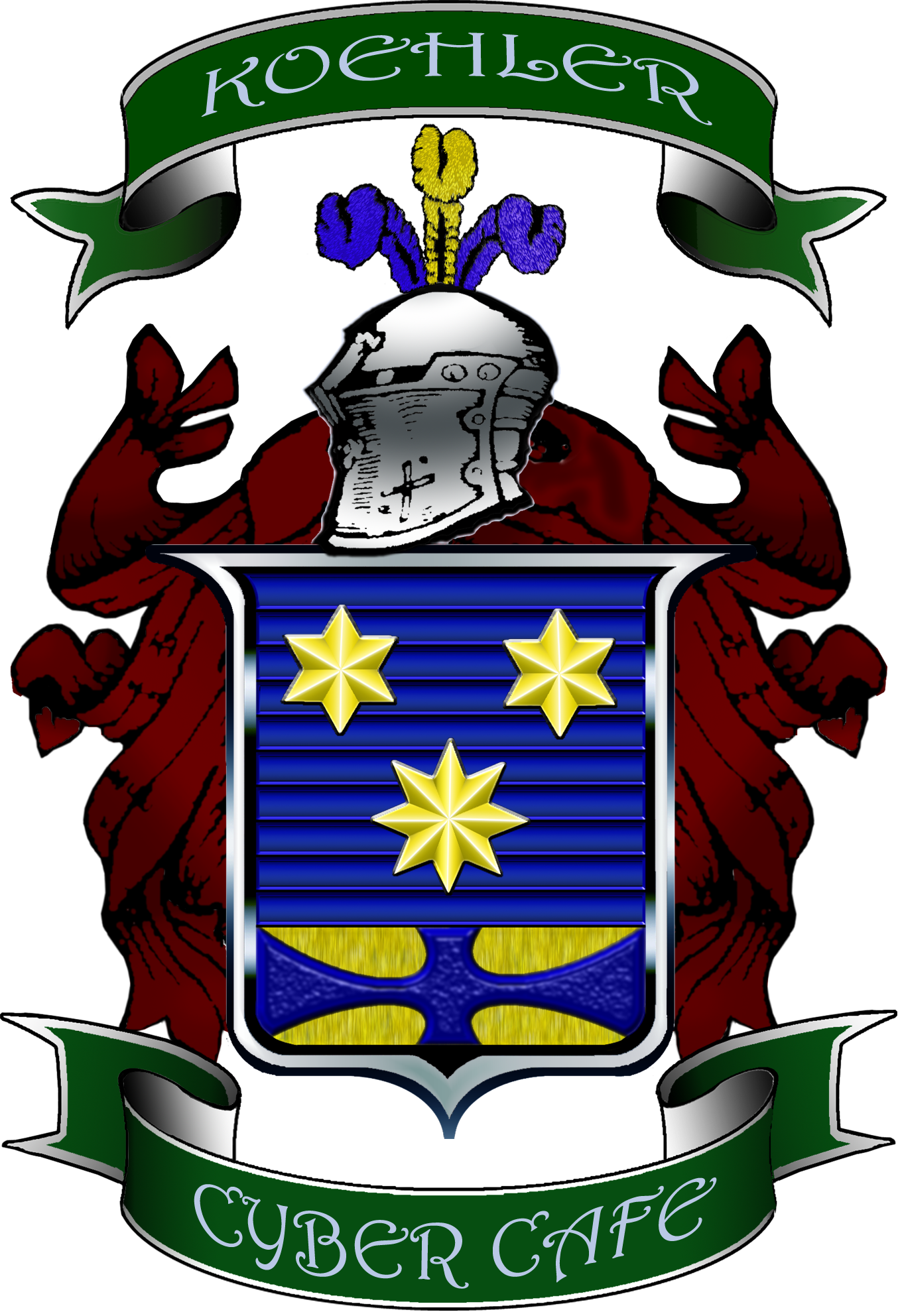Do’s and Don’ts of the How to Use Hashtags

After reading an article by Evan LePage he wrote back in August of 2014 on Social Media #Hashtags I was inspired to write one of my own, in reference to his of course. Hashtags have been such a large part of social media over the past couple of years now insomuch as it’s become a part of the technology culture of today. It’s to the point that it’s becoming rare to find anyone who doesn’t use the hashtag. Did you know that the hashtag is now so recognized that it was added to the Oxford Dictionary in 2010 along with BFF, cloud computing, green-collar, Interweb, LBD, LMAO, social media, social networking, unfriend, and even a revised definition of the meanings for tweet and viral, hashtag as even made it to the scrabble dictionary earlier in 2014?
Just think, something that was once just your phone’s pound sign has evolved into this popular social network call sign in social media networks including Twitter, Facebook, Google+, Instragram, Vine and Pinterest. Just imagine the possibilities of this little sign. So what is it? How do you use it? What’s it for? All very good questions, let me first say it’s simple. Second it’s a way to categorize your content into a searchable category for the social media network you’re on. This allows your own content to be discoverable and allows you to find relevant content from other people or business (i.e. posts) To quote our good article writer above Evan LePage
“The Hashtag also allows you to connect with and engage other social media users based on a common theme or interest.”
So for this case alone you should really figure out how to use the hashtags that would mutually benefit you as well as others. it’s a fundamental success waiting to happen for your social media experience and campaign. Hashtags were originally created for Twitter, but later they expanded to Google+, Facebook and Instagram, vine and Pinterest. A hashtag placed anywhere that isn’t a social media platform will do nothing for you. Are Hashtags fun? Of course they are, both for businesses and personal a like. But don’t get concerned with how many or how few you use. If you take #hashtags too seriously you’ll be working it too hard and if you don’t you’ll miss a lot of good opportunities that lay in wait. Hashtags are like keywords for posts or tweets. They help to optimize your post in order for it to be found easier when someone types in a keyword (hashtag) in the media’s search bar. Here let’s go over some do’s and don’ts.
The following is a direct quote and excerpt from LePage’s article, I do not take credit for this:
“How to Use Hashtags (DO!)
Do be specific when using hashtags
Try and hone in on a passionate community that shares an interest in one specific theme. The more specific you can get with your hashtag, the more targeted your audience will be—and a targeted audience generally means better engagement. If you don’t have your own business hashtag, find one or two existing ones that really fit the photo. To use an example from Instagram’s own tips for using hashtags, if you’re after Volkswagen lovers the hashtag #vwvan will earn you a lot more of your desired followers than #van will. Twitter has created a helpful infographic to help you choose the right hashtag.
Do cater hashtags to the social network you’re using
While hashtags on all social networks have the same fundamental purpose of content tagging and discovery, the use of hashtags still varies by network. In terms of use, Instagram hashtags, for example, are often more focused on description of the photo and the tools used to take it than on a broader story or theme. This is at odds with Twitter, where hashtags tend to be more focused a topic of conversation, or a group of people (a chat for example) that you would like to engage.
Before using hashtags, do research on the proper way to use them for that particular network. Most networks will have guides for hashtag selection and use (here is Twitter’s). Also take the time to discover the most popular and most relevant hashtags on a specific subject for each network. This extra time you invest will pay off in engagement down the road.
Do come up with relevant, unbranded hashtags
Brand hashtags don’t have to (read: shouldn’t) mention your brand name, but should represent your brand and what you stand for. Herschel Supply Co. offers a prime example of what this means. The bag and accessories brand created a hashtag called #welltravelled, which they used to share beautiful travel photos featuring their products taken by their employees and followers. Seeing photos from regular people on the official Herschel account quickly prompted more of their followers to embrace the hashtag and share their own Herschel photos. As such, the company has created a growing movement that supplies them with fantastic, follower-generated content to use on their social accounts.
Brand hashtags are also a great way to raise awareness for campaign and initiatives.
California’s Concordia University Irvine (CUI) used the tactic in the midst of an accreditation review from The Western Association of Schools and Colleges (WASC), a non-profit that evaluates the quality and effectiveness of schools and postsecondary institutions. The school needed to maintain the accreditation to be eligible for financial aid and the ability to accept transfer units from other accredited schools.
With the goal to engage and educate the campus on the importance of the WASC accreditation, CUI launched a brand hashtag campaign using #askWASC. For 11 weeks the school posted questions to their social channels—primarily Twitter and Instagram—and students used the hashtag to submit their answers as well as suggestions for campus improvements.
The responses CUI received on social media allowed the school to identify strengths and weakness across campus, which were addressed in real-time. When students met with the WASC committee, CUI wasn’t caught off-guard by anything that was shared. In fact, the committee noted how impressed they were on how educated the campus was about the WASC accreditation and it’s importance.
The awareness and engagement efforts were a success, and in the end, CUI was awarded a 10-year accreditation.
How not to Use Hashtags (Don’t.)
Don’t go too long or too clever
In general, if you’re creating a branded hashtag you should try to keep it short and sweet. Even though “#NewYorkCronutLovers” might target a very specific audience, no one will use the hashtag because they just don’t want to type in that many characters. You also don’t want to try and be too clever or offbeat (#CroNYts?) since you want people to naturally search for your tag. Hashtags are supposed to make things easier to find and engage with, but long, complicated hashtags can actually be more arduous. In this case, you’re better off with something like #NYcronuts.
Don’t have more hashtags than words.
In fact, don’t even come close. Social media users often used an excessive amount of hashtags ironically or when making a joke. But many Instagram users have also caught onto the fact that more hashtags can mean more reach and likes. So, they’ve overloaded their photos with as many hashtags as they’re allowed – which is reportedly 30. You don’t want to use 30 hashtags on a single post. You don’t even want to use 5 hashtags on a single post. Even if you gain followers, it’s often the wrong kind of follower— spammers or people only interested in being followed back. It generally dilutes your message and comes off as desperate. Focus instead on being specific, which we already explained above.
Don’t hashtag everything
Hashtags serve to make your content discoverable to a wide audience. The truth is, not everything you produce is going to fit into that category. If your Tweet, post or comment isn’t adding any substance to the wider conversation, you might want to consider leaving the hashtag off. For example, if a news story breaks and you simply share the news, leave the hashtag off of it. If you write a blog post that analyzes the impact of that news, then absolutely use a hashtag when you share it.
Using hashtags will allow you to make an impression on a wide social media audience. Make sure you’re sharing the best content, and making the right impression.“

